Blogs
The Shape of Things – Three Abstract Artists of India
Shubhasree Purkayastha
One may like abstract art outright, hate it or not understand exactly what it is, but it is likely that one is often curious about this perplexing art form. Learn more about this significant art movement in the early 20th century.
One may like abstract art outright, hate it or not understand exactly what it is, but it is likely that one is often curious about this perplexing art form. This artform that evades a standard definition was formally inaugurated as an art movement in the early 20th century. However, some experts assert that signs of abstraction can be seen in the material cultures of the earliest civilisations of the world and even in the prehistoric cave paintings!
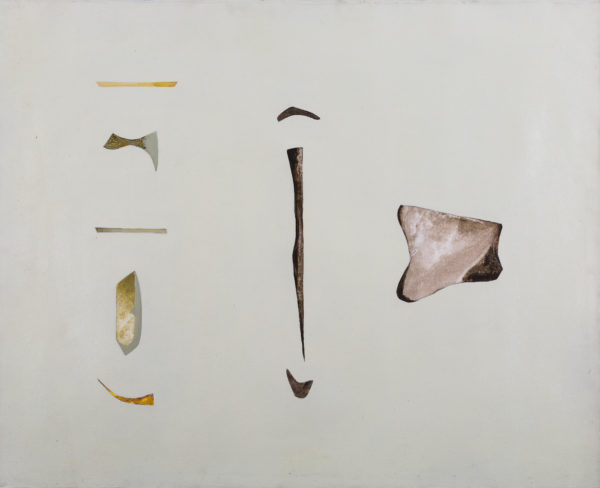
Untitled-II, Faiza Huma, 2006, Acrylic on Canvas
The term ‘abstraction’ in its literal sense means the distancing of an idea from objective referents. In the visual arts, it refers to pulling a depiction away from any literal, representational references. Fittingly, abstract art is also sometimes called non-representational art. This pack explores the work of three prominent Indian abstract artists that are a part of the MAP collection.
Baroda-based painter and poet, Faiza Huma, began her artistic career at the Fine Arts department of MSU, Baroda. The artist is known for bringing her canvases alive with bold and delicate lines in her characteristic minimalist style. Her sobre and placid colour palette creates a visual world that is meditative and tranquil, cut through by strokes and shapes of impeccable brushwork.
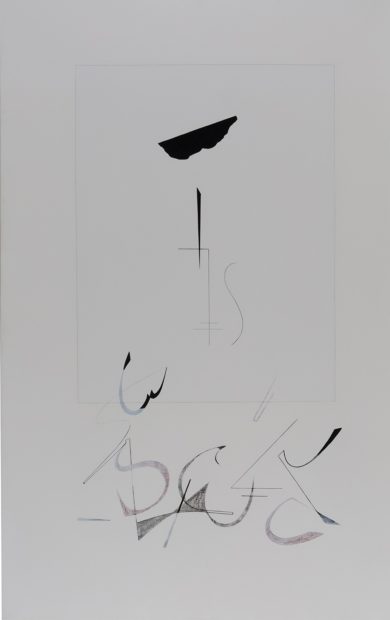
Untitled – II/ Untitled, c.2000s, Faiza Huma, Acrylic on Canvas
Huma’s white and off-white canvases create spaces that are a reflection of her personality. They give the viewer a peep into the world of an individual who leads a quiet, unperturbed life immersed in a range of philosophical pursuits and ponderings over the mysteries of the universe.
Like Huma, Chennai-based C. Douglas is another abstractionist whose early works capture emotion in lines, patterns and colours. The years he spent at the Madras College of Art followed by those at Cholamandal artists’ village heavily influenced his thought process and by extension his artistic practice. Instead of drawing and then colouring his works, Douglas found abstraction with patterns, rhythms and structures through brush strokes and colour values. He also works with multi layered surfaces, creating textures on the canvas with found materials like mud, glue and crumpled paper.
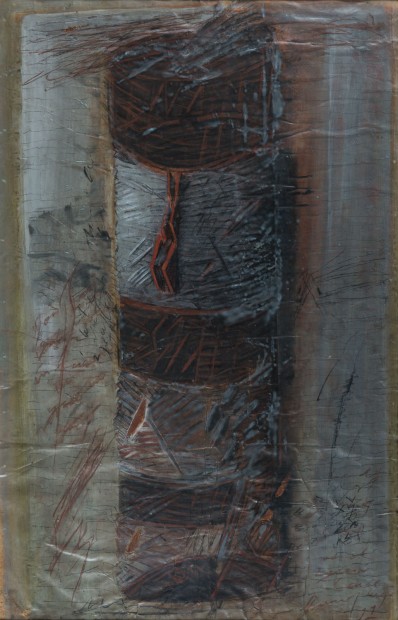
Untitled, C. Douglas, 1990, Mixed Media On Paper
In later decades, Douglas transitioned to figurative abstraction and allegory. He repeatedly used the metaphor of a foetus, “that prenatal condition in which there is neither separation nor participation of any kind” and drew heavily from poetry and philosophy to arrive at a visual lexicon of lines, figures and textured surfaces that is distinctly his.
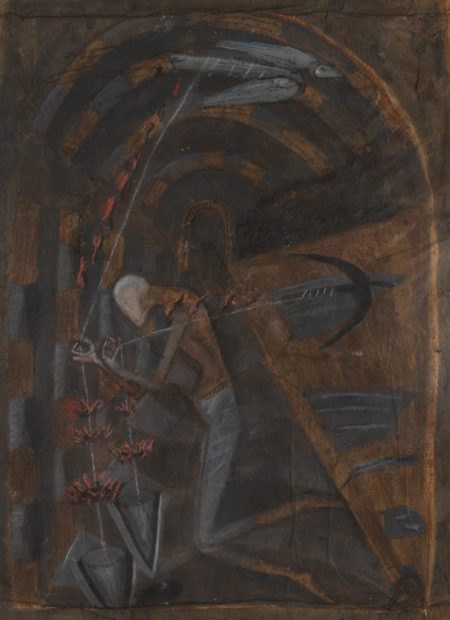
Untitled, C. Douglas, 1990, Mixed Media on paper
Alwar Balasubramaniam, more popularly known as A. Bala is often labelled an ‘intuitive’ artist. Bala works primarily with nature, calling it his ‘collaborator’ rather than a mere inspiration and capturing it through a variety of materials and mediums. His early experiments with abstraction can be positioned in an in-between place between the abstract and real. These works also investigate natural processes like light, air and gravity – forces that we heavily rely on and live among but never fully comprehend or perceive. In a way, Bala’s works make these invisible elements visible.
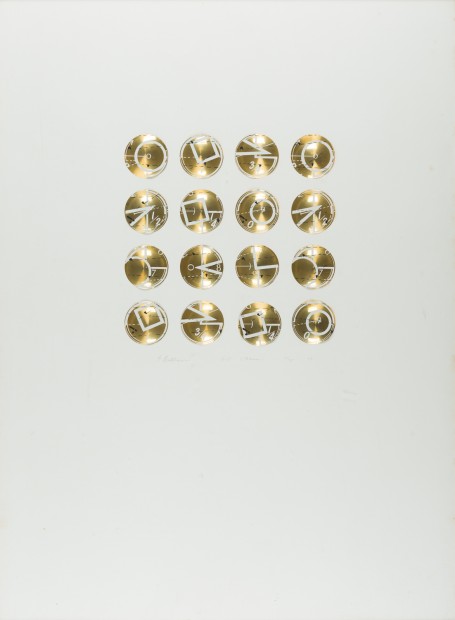
16, A. Balasubramaniam, 1996, Silkscreen Hologram
Bala’s current practice including sculptural installations of all sizes bring to life deep metaphysical questions about the self and the world that one inhabits. He is fascinated by questions of origin and traces of things, positioning even himself in this cycle of appearance and disappearance, past and present, creation and dissemination. For Bala, inquiry into these forces that give shape to our world is a continuous and never-completed project. This inquiry is also one that sustains his practice and leads him to create works that by his own definition “are not end products but are moments extracted from a larger process”.








